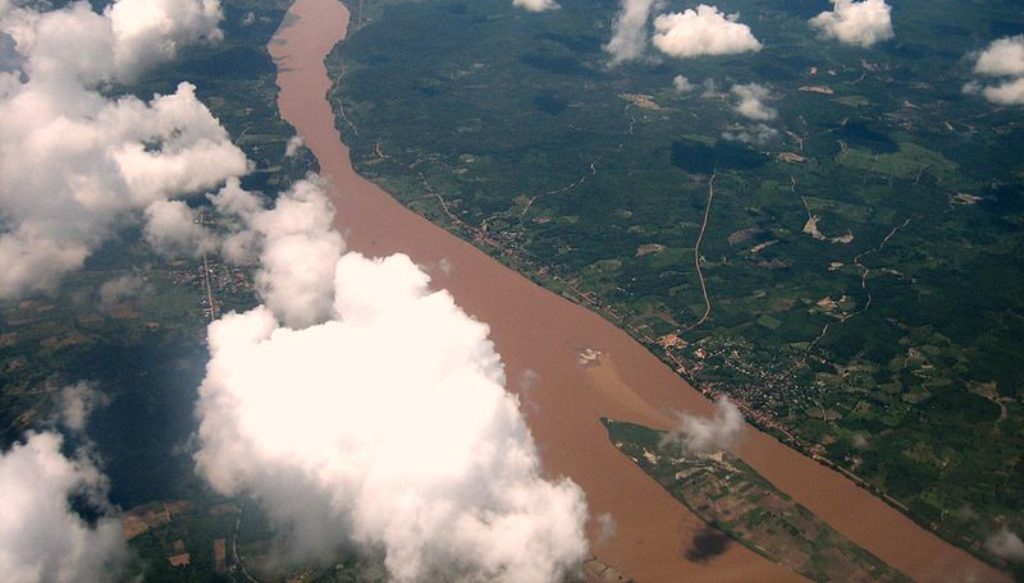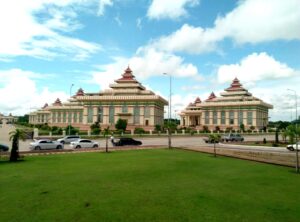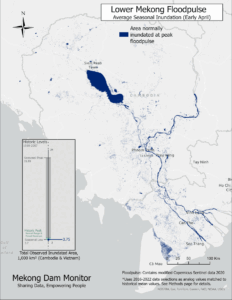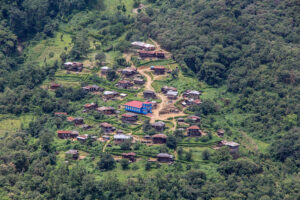China’s Belt and Road Initiative (BRI) has been the headline response to the vast infrastructure gap that faces developing Asia, especially countries in Southeast Asia. But no country is capable of single-handedly filling the gap, and BRI is prompting other donor governments to give higher priority to infrastructure assistance. Under the Trump Administration, the United States has overhauled its development finance strategy through passing the BUILD Act and establishing various economic initiatives under the Indo-Pacific Strategy. These changes will make the United States a more accessible option for project finance, but collaboration with other donors will be necessary to effectively address the infrastructure gap.
Japan has supported infrastructure development in Southeast Asia for decades, and there is clear and growing political will for the United States and Japan to cooperate. Energy infrastructure has become a particular area of focus because Southeast Asia’s energy sector requires investment of at least $2.7 trillion through 2040. The United States and Japan have taken various steps to facilitate collaboration: in November 2017, President Trump and Prime Minister Abe established the Japan–United States Strategic Energy Partnership to develop open and competitive energy markets and promote universal access to electricity throughout the Indo-Pacific. Shortly afterward, the U.S. Trade and Development Agency and Japan’s Ministry of Economy, Trade, and Industry signed a Memorandum of Understanding (MOU) to bring high-quality and modern energy infrastructure to the Indo-Pacific. In 2018, the Overseas Private Investment Corporation (OPIC) signed MOUs to support high-quality infrastructure and sustainable growth with Japan International Cooperation Agency (JICA) and the Japan Bank for International Cooperation (JBIC).
Read the full op-ed.




